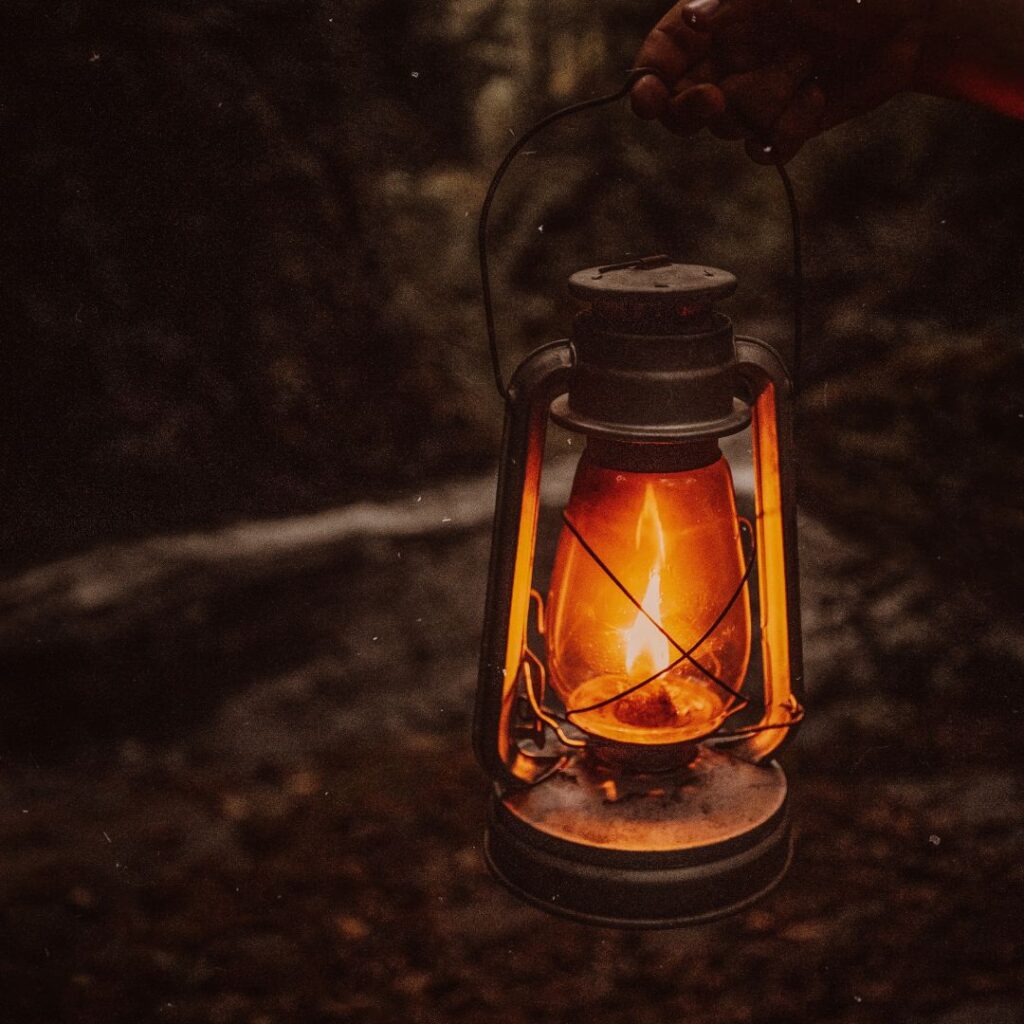Among the Celts, the year is divided into two parts: the light season and the dark season, between the two, Samhain served as a transition.
Unlike us moderns, among the Celts the new year does not begin in the middle of winter or even in spring, but in November when the night stretches out. This notion seemed to be projected into everyday life, with the new day beginning not at midnight, but at dusk.
1. Name and origin of Samhain, the Celtic November.
Samonios is the name of the month of November for the Celts, and not of the festival!
Indeed, to talk about the festival that celebrates the arrival of the month of November, we could talk about Samhain (which, by the way, is pronounced Sa-Ween and not Sa-mein in Gaelic)
For the aside, the most probable theory of the etymology of 'Sa-Mein' is that it is drawn for its origin from the word "Samani" (Assembly) in Gaulish, close to the Latin "Semel" (Similar/Resemblance) and the Germanic "Samana" (Assembly also). The Italo-Celtic common ancestor of Latin and Gaulish confirms this hypothesis.
Better yet, this logic would fit with the Tara assembly, an assembly that took place in Ireland at this time of year, and which was the last meeting of the year. (Sam - Fhuin) or the assembly at the end.
Why so many details? Because 'Sal in Italo-Celtic is pronounced "Sa-M" and not "Sa-W". It is therefore quite correct, for a continental, to say "Samain" and not "Saween"
2. Samhain, the Celtic New Year?
At first glance, our habit of placing the New Year on January 1st leads us to be offended by this "apparent" absence of logic.
To understand, two elements must be noted:
• The first on Celtic thought
• The second on our modern calendar (The Gregorian calendar)
Each of these parts brings to nature and therefore to man a different way of life. The cyclical notion, which is found in all rural societies, is an expression of the soul of a people/its tradition and its anchoring in reality.
Thus, for the French of yesteryear, Gauls-Celts, Germans-Franks… it seems appropriate to place the beginning of the new year at the time when the cold days arrive. The same logic is said to be found in their way of conceiving a day: the beginning of the day did not begin at midnight, but at the appearance of the first stars and ended at dusk.
As you can see, their temporal conception is in accordance with the seasons and not with a fixed measurement, like our watches and clocks.
3. Samhain Nights
Far from the dark and morbid period that we attribute today to the night of October 31, the three nights of Samonios have rather a "supernatural" and spiritual aura.
The difference is significant!
The legends associated with Irish Samhain tell that during these three days, the barriers of the infra-world (otherworld, the dimension of spirits) become thinner and apparitions can take place, passages between the worlds of the living and the dead...
To ward off evil spirits, baskets of food are placed in front of doors (the Threshold of the house is of capital importance due to its symbolism of protection and entry into the private sphere, and magical symbols of protection or sacred relics are often placed there), and children dress up as evil spirits...

But if the dimension of inter-worlds, ethereal passages and spirits of the deceased had also been present in the three nights of Gallic Samonios, it was undoubtedly not the centre of this event, which gained its veneer of terror in the heart of a post-medieval Christian Ireland.
4. The Spirit of Samhain
Samonios is, timelessly, a time of year when the pace of life slows down, in preparation for winter. The shorter days encouraged us to live more indoors, where craft and social activities were practiced: sewing, knitting, canning, storytelling, music, craft creations, games...
A time of rest of mind, thought and meditation. The nature that dies outside revives our imagination, reminds us of the existence of forces beyond our control. It is also one of the times of the year when we see the most deaths among the elderly, nowadays
again. This aspect must have contributed greatly to the deleterious aspect of November, in parallel with nature dying out.
Samonios is therefore a "fragile" period, between two worlds. It marks the beginning and the end of the year. The arrival of the dark days from which we will emerge victorious in the spring. Besides, these three nights do not really belong to one year more than to the next.
They are out of time.
5. Legends, Folklores and Rites of Samhain...
To end this blog on the Celtic New Year after several historical and cultural explanations of this celebration. We suggest you finish gently with some more fantastic and/or explanatory anecdotes on how to properly celebrate Samonios among the Celts of a bygone era.
The tradition of the rebirth of Fire
On the eve of Samonios, the fire ceremony is said to have taken place. In a pre-medieval Celtic society, it is likely that the Druids offered everyone a few embers from a sacred fire, fueled by white oak, which one was then required to take home to rekindle one's own hearth. This dimension of fire has a very particular importance at this time and it is customary to keep the embers alive until spring.
Doorstep Offerings
Linked to the legend of the afterlife and what can come out of it, it is customary to leave some offerings on the doorstep or in the windows, accompanied in the evening by a candle.
The Great Assembly
It was this special moment that was said to be chosen to gather our allies, families and friendly clans, but also to resolve disputes between members of the same lineage or community. We discussed the mistakes made, and what we wanted to put in place to repair or improve a situation.
Good or bad understanding between two people or two groups could also be announced, and the reasons were thus evoked to resolve them or so that each person could take sides.
Breton Colors
Brittany, strong in terms of heritage and culture, keeps within it vivid traces of the festival of Samonios/Samhain, which was celebrated until 835 as the night when the living have access to the realm of shadows. It was then Christianized to become All Saints' Day.
Some beliefs remained long after. Among them, avoiding sweeping in front of doors at the risk of scaring away visiting souls and throwing them out. Or avoiding leaving horses outside that night, for fear that the ghosts would make them gallop all night and exhaust them.




